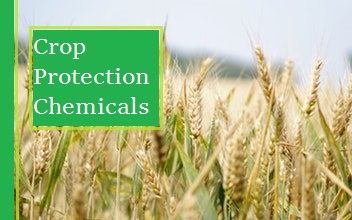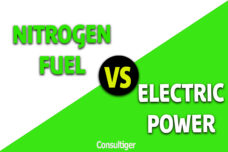The contribution of the Chemical Experts is immense in the field of CROP PROTECTION. While earlier generation of pesticides were harmful to the environment, the current crop chemical manufacturers take manufacture chemicals that are powerful and eco-friendly. The manufacturer are also aware that pests, over time, becomeesistant to pesticides and therefore invest in R&D to come up with improved versions of their product on a regular basis.
Manufacturers catering to the crop protection segment develop the following three categories of product:
- Herbicides: chemicals that kill or restrict the growth of weeds
- Insecticides: chemicals that kill insects and mites
- Fungicides: chemicals that destroy/inhibit the presence of pathogenic fungi
All the three above-mentioned categories are collectively called the Pesticides.
Herbicides: Herbicides work either by stopping weed growth completely or by restricting weed growth. These chemicals affect the plant component that help in the growth of the weed. A subgroup of herbicides, called auxins, work differently. This chemical formulation stops growth by exaggerating growth. Herbicides can act in several following ways: by direct contact with the plant tissues, by translocation, by root uptake, etc. Some of the types of herbicides are as follows:
Herbicides work either by stopping weed growth completely or by restricting weed growth. These chemicals affect the plant component that help in the growth of the weed. A subgroup of herbicides, called auxins, work differently. This chemical formulation stops growth by exaggerating growth. Herbicides can act in several following ways: by direct contact with the plant tissues, by translocation, by root uptake, etc. Some of the types of herbicides are as follows:
- Bipyridyliums (interferes with photosynthesis)
- Auxins (plant hormones)
- Glycines (a non-selective systemic compound)
- Sulfonylureas (blocks the biosynthesis of essential amino acids)
- Triketones
Insecticides: These chemicals affect the nervous system of the pest. Insecticides act on acetylcholinesterase, voltage-gated sodium channels, nicotinic acetylcholine receptors & ligand-gated chloride channels. Here are some insecticide types:
- Organophosphorus compounds
- Methyl carbamates
- Macrocyclic lactones (avermectins and milbemycins)
- Phenylpyrazoles
- Nereistoxin analogues and neonicotinoids
- Diamides
- Pyrethroids
- Benzoylureas
- Ketoenols
Fungicides: The third category of pesticides is termed as fungicide. This chemical kills fungus or control the growth of the fungi. Certain biological organisms are also deployed to control fungal infections, like rusts and leaf spots. Select chemicals protect against growth of fungi & others work by eliminating the fungus totally (curative). Most fungicides these days are environmentally friendly. Some of the compounds are as follows:
- Triazoles
- Strobilurins
- Carboxamides
- Fungicides with a ‘multi site action’
If you are chemical manufacturer in the Crop Protection space, you could sign up on www.consultiger.com for identifying Chemical Experts to improve your products and develop new products.












